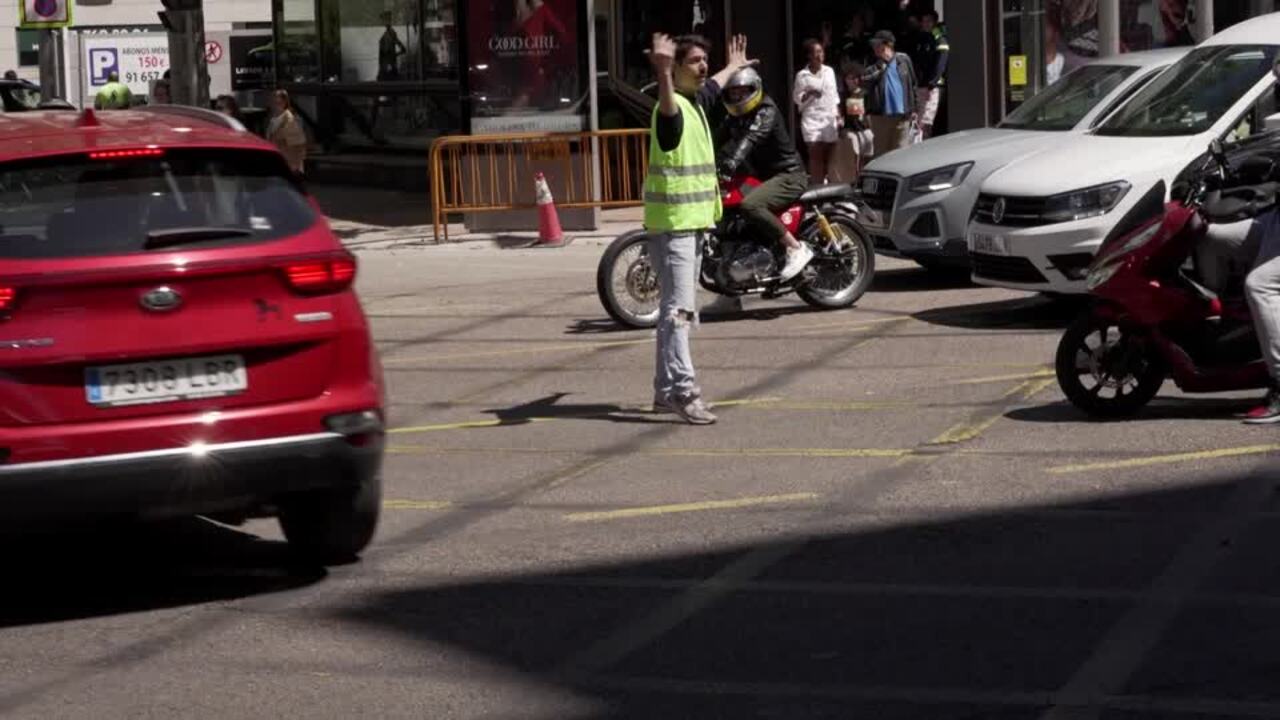Spain’s blackout is the first of the clean energy era
Solar energy was powering the grid in Spain and Portugal on Monday — until it wasn’t, leaving tens of millions without electricity.

This week’s blackout in Spain and Portugal confronted authorities with an unprecedented event: the first mass electrical outage on a grid largely powered by wind and solar energy.
Spanish officials said Tuesday they still didn’t know what caused the outage, which left much of the Iberian Peninsula without power for hours and disrupted everything from factories and trains to ATMs. Power supplies were largely back to normal by Tuesday morning.

The moments before the blackout, at around 12:30pm. Monday, were a window into Europe’s energy future, dominated by emissions-free but fluctuating generation. Spain’s electrical grid was humming with solar power — nearly 60% of total generation — on a largely cloudless day. Wind turbines provided another 9%. Wind and solar were so abundant that electricity prices were pushed into negative territory.

European Union economies have been investing heavily in both technologies, aiming to generate 69% of the bloc’s power from renewables by 2030. But grids running on high levels of solar and wind face technical challenges that grid operators are still figuring out how to manage.
One of those is the loss of so-called inertia. Conventional power generation turbines take a while to stop spinning, buying time to balance electricity supply and demand if something goes wrong. If a solar plant goes offline, output goes to zero instantly.
With less inertia, “imbalances must be corrected more quickly,” said David Brayshaw, professor of climate science and energy meteorology at the University of Reading in the United Kingdom. “Outage events, when they occur, are likely to become more significant and widespread,” he added.
Spanish grid operator Red Electrica hasn’t determined exactly what caused the outage but said Tuesday it was possible that renewables were the cause. It has ruled out a cyberattack.

Operations director Eduardo Prieto said authorities needed to gather and analyse more information before they can ensure that a similar incident didn’t happen again.
Prieto said there were two separate losses of power generation in southwestern Spain, a second and a half apart, that destabilised the electricity system. Those outages caused Spain’s grid to be disconnected from the wider European grid.
He said it was too early to specify which generating facilities caused the outage. Most of the attention, however, focused on solar power, which was the biggest electricity source on Spain’s grid right before the outage — particularly in the country’s southwest.
For the “black start” — the intricate process of getting the grid back online using power generators that are available to restart others — grid operators relied on hydro-electric and gas plants, Prieto said.

To be sure, power outages have occurred long before renewable energy started shaping the world’s power grid. Italy suffered a crippling nationwide blackout back in 2003 that started when a tree hit a power line in Switzerland.
Also in 2003, the U.S. Northeast and adjacent Canadian provinces were hit with one of the biggest blackouts in history when more than 50 million people lost power. Investigators later determined the cause was a software bug at a facility owned by a coal-burning utility in Ohio.
Reliance on renewable energy is routine in Europe, California and elsewhere — and there is no obvious reason why Spain would have been any different on Monday. Very sunny spells when the supply of electricity exceeds demand typically result in lost revenue for power producers, not blackouts.

“It’s not clear why solar would have triggered this,” said Sean McLoughlin, an analyst at HSBC — even if it looked like a logical culprit given that the outage occurred in the middle of the day.
Still, experts have been warning that Europe’s increasing reliance on energy sources that fluctuate with the weather could be storing up new problems.
This week’s outage in Spain and Portugal drew attention to another aspect of Europe’s plan to wean itself off fossil fuels. As well as adding wind and solar farms, the bloc is pushing to build a more integrated grid with cables that stitch national networks together.

Pooling power should improve the resilience of the overall system and allow for a more efficient use of resources. A new subsea cable under construction between France and Spain will double the two countries’ electricity-exchange capacity, “strengthening supply security and quality in both systems,” Red Electrica said earlier this month.
The way the outage rippled through Europe’s grid — hitting Spain, Portugal and parts of France — shows the potential downside.
“This regional interdependence is typically a strength — but it became a stress point in this instance,” said Pratheeksha Ramdas, an analyst at Rystad Energy.
The Wall St Journal





To join the conversation, please log in. Don't have an account? Register
Join the conversation, you are commenting as Logout